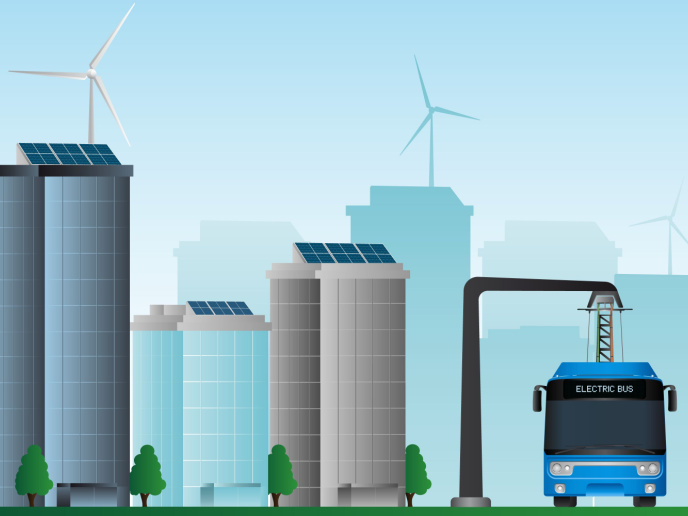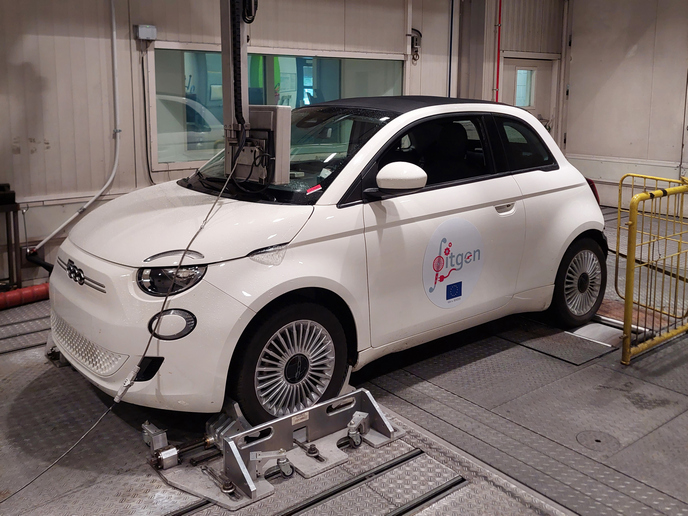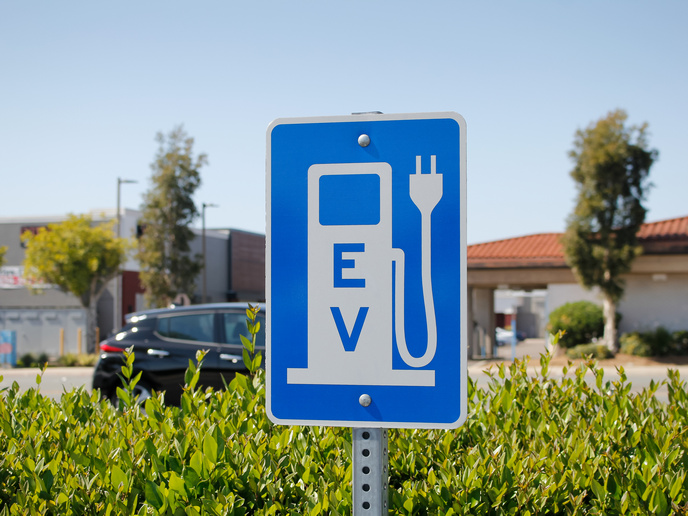Standardisation could shorten the path to electrification of heavy-duty vehicles
Urban fleet electrification is the obvious answer to the ever-pressing challenges of poor air quality and traffic congestion faced by cities. Heavy-duty fleets, such as public buses, freight vehicles and delivery trucks, can greatly contribute to the reduction of local emissions by switching to electric powertrains. Despite the massive transformation towards zero-emission technologies witnessed today, especially in public transport, the introduction of commercial electric vehicles is still mainly restricted to small fleets.
Solving the fragmentation problem in the charging network
“Standardised charging and interoperability are key for the mass uptake of electric vehicles. When interoperability is guaranteed, operators can mix and match different brands of vehicles and chargers. This makes their integration into transport networks easier and less costly,” noted Aida Abdulah, Head of the Mobility Enablers Unit at the International Association of Public Transport (UITP) and leader of the demonstrations. The EU-funded ASSURED supported the work of standardisation bodies worldwide. Its aim has been to boost the electrification of urban commercial vehicles and their integration with high-power, fast charging infrastructure. The project has defined a set of standards and protocols that make it possible to test interoperability, guaranteeing flexible and cost-effective e-bus operations.
Technology innovations in electric vehicle charging
ASSURED has developed innovative fast-charging solutions for a more diverse and flexible electric vehicle market. Project partners tested different types of charging solutions for e-buses, trucks and delivery vans. In pilot demonstrations taking place in Barcelona (Spain) and Osnabruck (Germany), project partners tested the interoperability between buses and chargers of different brands. The charging technologies under test were roof-mounted pantographs and infrastructure-mounted pantographs. In the pilot demonstration taking place in Gothenburg (Sweden), project partners tested the interoperability between different flexible charging solutions and different types of heavy-duty vehicles: buses, trucks and vans. In addition to high-power roof- and infrastructure-mounted pantographs, other solutions tested were high-power combined charging system (CCS2) solutions and even indoor bus charging. In Eindhoven (the Netherlands), the project partner is upscaling the existing fleet from 43 to 100 e-buses. The goal was to show how to optimise the operation and charging of such a large fleet in a smart and cost-effective way, while ensuring power supply and preventing supersizing of the grid connection. The goal of the demonstration in Jaworzno (Poland) was to deploy smart tools to reduce CO2 emissions and TCO. The focus was on improving power consumption by utilising innovative energy storage systems (e.g. optimal battery packs installed in the electric buses) and smart charging management strategies.
Reports serving as reference for interoperability
ASSURED developed reference documents to cover existing gaps in the standardisation of electric vehicles and chargers. Titled ‘ASSURED 1.1 Interoperability Reference’, the report aims to enable e-bus interoperability and conformance testing of vehicles and chargers. “The Interoperability Reference was originally developed to meet project needs, but now it is also intended for public transport authorities and operators, infrastructure suppliers and e-bus manufacturers,” Aida Abdulah, Head of Mobility Enablers Unit at UITP. Furthermore, the ‘ASSURED Clean Bus report' offered an overview of the European market for clean buses and compared clean vehicle figures of 2017 and 2021. ASSURED activities have taken standardisation to the next level, making a great leap forward towards sustainable urban mobility.
Keywords
ASSURED, charging, interoperability, electric vehicle, standardisation, pantograph, e-bus







